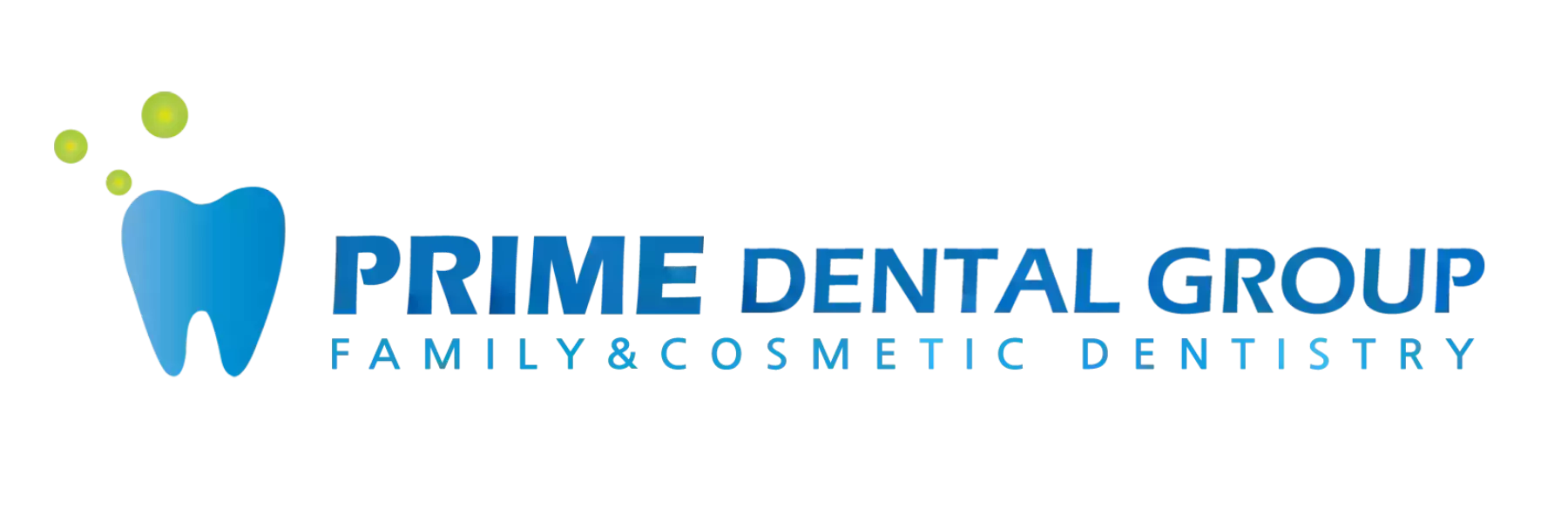Dental Sealants for your kids

What are dental sealants?
Dental sealants, the thin layer of protective coating, are applied on the chewing surfaces of the back teeth such as molars. Dental sealant prevents tooth decay and cavities from developing by sealing off the pits and grooves on the biting surfaces of permanent molars, which helps prevent tooth decay.
How do dental sealants work?
Of course, it is the most important to brush and floss your teeth to keep your healthy smile, but dental sealants also are just like a “safety net” for your teeth. Dental sealants will not get rid of an existing cavity; however, they can prevent new decay and early stages of dental cavities from becoming more significant problems. For example, when food and plaque get stuck, they can turn into cavities if left untreated. Therefore, dental sealants act like a protective barrier that keeps away the acid.
Is dental sealant effective?
Research shows that dental sealant improves the health of your kids’ teeth by stopping tooth decay from forming. Furthermore, dental sealant effectively reduces the risk of tooth decay by around 80% in molars.
Also, the CDC (Centers for Disease Control) emphasized how essential sealants are to the school-age child from the report in October 2016. The CDC found that 43% of all 6-11 years olds in America don’t have sealant treatments, and as a result, they’re more likely to develop cavities than those who do get them.
Let’s check step-by-step how the dental sealant is applied.
- First, the dentist (or dental staff) will clean and dry the tooth.
- The dentist (or dental staff) will use blue gel to etch the teeth. This blue acidic gel makes the surface of your tooth rough; therefore, it will help the dental sealants strongly bond onto your tooth.
- A few seconds later, the dentist (or dental staff) will rinse off the gel and make sure to dry the tooth thoroughly.
- The dentist (or dental staff) applies the dental sealant onto the pits and grooves of the tooth.
- Lastly, the dentist (or dental staff) will use a special blue light (curing light) to harden the dental sealant.
How’s that? Isn’t it easy? Not only is dental sealant an effective way to prevent tooth decay in children, but it’s also a very simple and painless procedure.
Who can get benefit from the dental sealant?
Dental sealant is most effectively used on permanent molars that have erupted by age six; it can be applied at any age after the eruption. When your child’s teeth start erupting, they’re still very susceptible to dental decay and tooth decay — especially their first molars. You understand that your child’s teeth should stay healthy during the formative years. That’s why a sealant is such a good option for children at this stage of life.
Is Dental Sealant safe?
Yes, Dental sealant is safe to use for children and adults.
While there may exist the exception of the potential allergy, the side effects of the dental sealant are not typically reported.
Also, BPA in the dental sealant is negligible and won’t cause any significant harm. You will get more exposure to it by simply using cosmetics or touching receipts. According to a Professional product review from American Dental Association, “Breathing air exposes people to about 100 times more BPA than dental sealants.”
